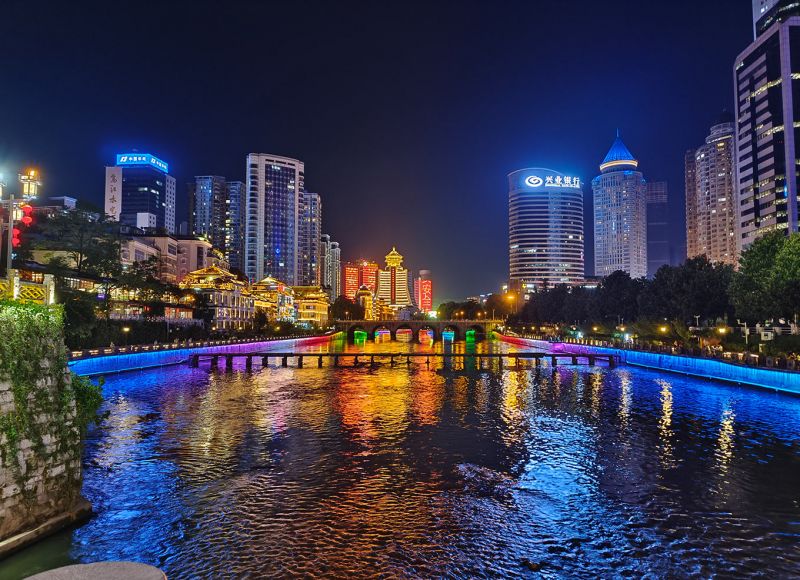What is the energy-saving principle of solar street lights in new rural areas
The new rural solar street lights, with their unique advantages of energy conservation, environmental protection, and convenient installation, have quietly flown into the streets and alleys of cities as a new measure of energy conservation. How much can solar street lights contribute to energy conservation?1. Energy saving economyFirstly, each solar street lamp is a relatively independent system, which eliminates the need to embed cables or excavate the road surface during installation and construction, saving a considerable amount of manpower, material resources, and installation costs; Besides electricity consumption, a regular street light can light up for about 6 hours a day, consuming about 2 kilowatt hours of electricity. It requires over 300 yuan in electricity bills per year. Calculating a city with 300 street lights per year would cost nearly 100000 yuan, and using solar street lights would save the entire province.According to reports, there are 50 million new outdoor lighting fixtures added nationwide every year. If solar powered lighting can account for one thousandth, it can save the country hundreds of millions of kilowatt hours of electricity in a year, equivalent to sending a 100000 kilowatt power station to the country.2 Energy saving principles2.1 How can solar panels from solar street lamp manufacturers in new rural areas store energy?The main material of solar panels is silicon, and there are also some other alloys. When a solar panel is illuminated by light, it can convert light energy into electrical energy, allowing current to flow from one side to the other. Solar panels are designed based on this principle.Solar panels can generally generate electricity as long as they are exposed to sunlight or light. In order to minimize light reflection and improve the photoelectric conversion rate of solar panels, a layer of film is usually applied to prevent light reflection, making the surface of the solar panel purple. In addition, the inclination of solar panels also has a significant impact on whether solar street lamps can provide effective lighting.2.2 How can light energy be converted into electrical energy?Solar street lights mainly consist of four parts: photovoltaic modules, light-emitting diodes, solar cells, and controllers. Photovoltaic modules absorb sunlight during the day, converting solar energy into electrical energy and storing it in solar cells. They discharge for illumination at night when it gets dark. On a typical sunny day, under ideal light intensity, it only takes 4 hours to fully charge, and after each charging, it can be guaranteed to last for more than 5 days. It can also work normally for 3 consecutive rainy days.New Rural Solar Street LightIn addition, according to different requirements, the controller can design the switches of the new rural solar street lamp manufacturers as light controlled or time controlled. Not only can the charging and discharging time of the battery be controlled, but the intensity of discharge can also be controlled.In short, in cities with increasing energy consumption, urban electricity consumption is already unbearable: industrial and domestic electricity consumption have remained high in recent years, increasing year by year, and power rationing during peak electricity consumption in many cities is even more common. If solar street lights can be widely used, people won't have to worry about their normal production and life being affected.






